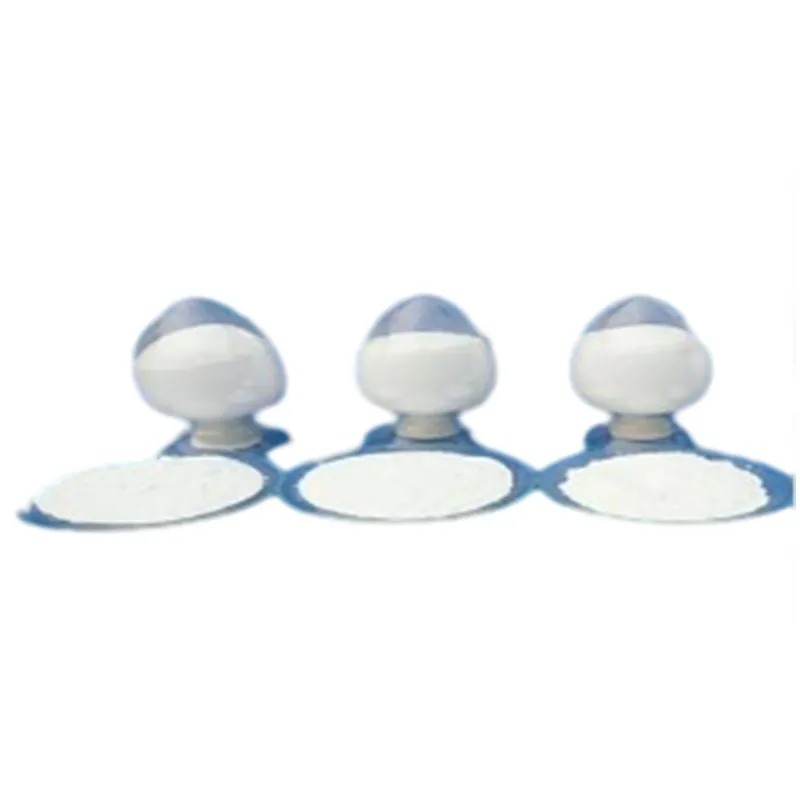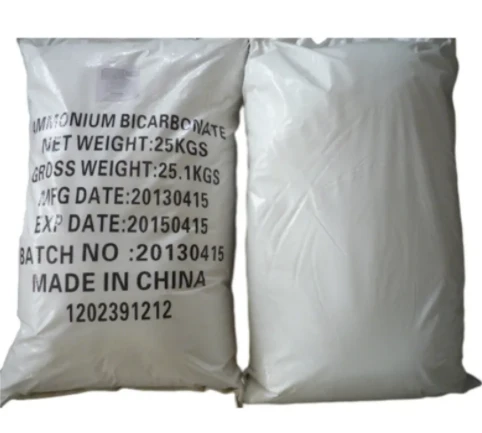TEL: 0086-311-88862036

Feb . 14, 2025 00:31
Back to list
glazing agent 903
In the realm of food processing and manufacturing, glazing agents play an indispensable role in enhancing the aesthetic appeal and texture of various food products. Among these agents, glazing agent 903 stands out due to its versatility and effectiveness. Commonly known as carnauba wax, glazing agent 903 is a natural substance derived from the leaves of the Copernicia prunifera palm, primarily found in Brazil. This article delves into its applications, benefits, and industry insights, offering a comprehensive perspective on why it remains a choice ingredient for food producers worldwide.
Professionals within the food industry continue to leverage the properties of glazing agent 903 whilst researching innovative ways to enhance its applications. Recent technological advancements have enabled the development of formulations that improve its protective qualities, adapting the agent for use with emerging food technologies and novel product lines. Furthermore, being derived from a renewable resource, interest in glazing agent 903 aligns with the increasing consumer demand for transparency and sustainability in food production. From a regulatory perspective, the rigorous standards adhered to during the extraction and production of glazing agent 903 further bolster its reputation as a dependable food additive. Compliance with international food safety regulations not only demonstrates its safety but also underscores its global applicability and acceptance, making it a market leader in glazing solutions. In practice, manufacturers utilizing carnauba wax report enhanced customer satisfaction due to the improved visual appeal and extended freshness of their products. The wax's ability to resist heat and enhance color retention ensures that products remain appealing longer, directly influencing purchasing decisions. Furthermore, the adaptability of glazing agent 903 across diverse food products exemplifies its flexibility and indispensability within the industry. As the food industry evolves, the adaptability and reliability of glazing agent 903 continue to affirm its relevance. It bridges consumer demands for quality and sustainability with manufacturers’ needs for efficiency and efficacy. Thus, harnessing its benefits positions companies strategically in a competitive market, promoting consumer trust and brand integrity. In conclusion, glazing agent 903 not only enhances the visual appeal and quality of food products but also aligns with the principles of modern food manufacturing—safety, sustainability, and efficiency. Its continued use underlines its unrivaled position as a critical component in the production of consumer goods that meet the rigorous demands of today's marketplace. As we look to the future, glazing agent 903 remains a beacon of innovation and reliability, securing its place in food production's dynamic landscape.


Professionals within the food industry continue to leverage the properties of glazing agent 903 whilst researching innovative ways to enhance its applications. Recent technological advancements have enabled the development of formulations that improve its protective qualities, adapting the agent for use with emerging food technologies and novel product lines. Furthermore, being derived from a renewable resource, interest in glazing agent 903 aligns with the increasing consumer demand for transparency and sustainability in food production. From a regulatory perspective, the rigorous standards adhered to during the extraction and production of glazing agent 903 further bolster its reputation as a dependable food additive. Compliance with international food safety regulations not only demonstrates its safety but also underscores its global applicability and acceptance, making it a market leader in glazing solutions. In practice, manufacturers utilizing carnauba wax report enhanced customer satisfaction due to the improved visual appeal and extended freshness of their products. The wax's ability to resist heat and enhance color retention ensures that products remain appealing longer, directly influencing purchasing decisions. Furthermore, the adaptability of glazing agent 903 across diverse food products exemplifies its flexibility and indispensability within the industry. As the food industry evolves, the adaptability and reliability of glazing agent 903 continue to affirm its relevance. It bridges consumer demands for quality and sustainability with manufacturers’ needs for efficiency and efficacy. Thus, harnessing its benefits positions companies strategically in a competitive market, promoting consumer trust and brand integrity. In conclusion, glazing agent 903 not only enhances the visual appeal and quality of food products but also aligns with the principles of modern food manufacturing—safety, sustainability, and efficiency. Its continued use underlines its unrivaled position as a critical component in the production of consumer goods that meet the rigorous demands of today's marketplace. As we look to the future, glazing agent 903 remains a beacon of innovation and reliability, securing its place in food production's dynamic landscape.
Next:
Latest news
-
What Is a Food Additive? Global Insights, Applications & Future TrendsNewsNov.24,2025
-
968 Sweetener: The Modern Solution for Health-Conscious SweeteningNewsNov.23,2025
-
Discover the Benefits and Uses of 965 Sweetener (Erythritol) | Tenger ChemicalNewsNov.23,2025
-
961 Sweetener - A Next-Gen Sugar Alternative for Health and IndustryNewsNov.23,2025
-
Understanding 960 Sweetener: The Modern Sugar Alternative for Health and IndustryNewsNov.22,2025
-
Everything You Need to Know About 955 950 Sweeteners – Benefits, Uses, and TrendsNewsNov.22,2025
-
953 Sweetener: Global Insights, Applications, and Future TrendsNewsNov.21,2025
HOT PRODUCTS
Hebei Tenger Chemical Technology Co., Ltd. focuses on the chemical industry and is committed to the export service of chemical raw materials.
-

view more DiethanolisopropanolamineIn the ever-growing field of chemical solutions, diethanolisopropanolamine (DEIPA) stands out as a versatile and important compound. Due to its unique chemical structure and properties, DEIPA is of interest to various industries including construction, personal care, and agriculture. -

view more TriisopropanolamineTriisopropanolamine (TIPA) alkanol amine substance, is a kind of alcohol amine compound with amino and alcohol hydroxyl, and because of its molecules contains both amino and hydroxyl. -

view more Tetramethyl Thiuram DisulfideTetramethyl thiuram disulfide, also known as TMTD, is a white to light-yellow powder with a distinct sulfur-like odor. It is soluble in organic solvents such as benzene, acetone, and ethyl acetate, making it highly versatile for use in different formulations. TMTD is known for its excellent vulcanization acceleration properties, which makes it a key ingredient in the production of rubber products. Additionally, it acts as an effective fungicide and bactericide, making it valuable in agricultural applications. Its high purity and stability ensure consistent performance, making it a preferred choice for manufacturers across various industries.





